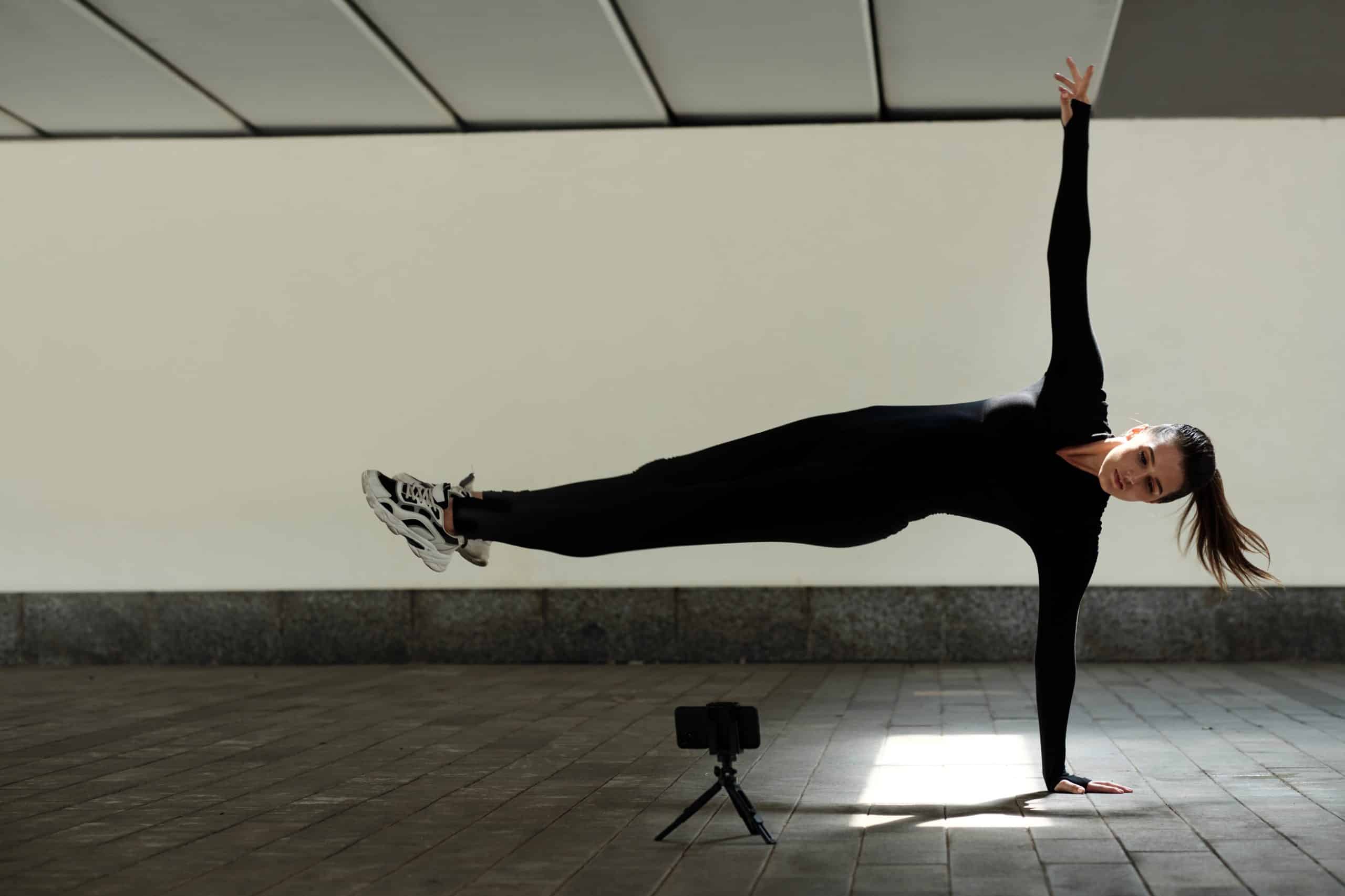How Does the Design of Sports Apparel Influence Performance in Sprinting Events?

As spectators of sports events, we often marvel at the lightning-fast speed of sprinters, their impeccable timing, and explosive power. But have you ever considered the significant role that their clothing plays in their performances? If you think that their sports apparel is just for aesthetics, you’re in for a surprise.
The design of sports clothing, especially the fabric used, has evolved drastically with advancements in technology, becoming an integral part of an athlete’s performance. Athletes worldwide are constantly seeking apparel that can give them an edge over their competitors, and scientific research has proven that the fabric and design of sports clothing can indeed influence an athlete’s performance in sprinting events.
Lire également : How Can Tactical Periodization in Soccer Be Adapted for Youth Teams?
The Relationship Between Performance and Sports Apparel
Understanding how sports apparel can impact an athlete’s performance begins with realizing that the body and clothing function as a system during physical activities. Clothing can affect an athlete’s comfort, thermoregulation, and even their psychology, which are all essential for optimal performance.
Comfort is an essential factor for athletes as discomfort can lead to distractions, disrupting the athlete’s focus and negatively impacting their performance. Clothing that is too tight can restrict movement, while loose clothing may create drag, slowing the athlete down. Therefore, sports apparel needs to be designed to fit the athlete’s body perfectly, providing the right balance between comfort and functionality.
A voir aussi : What’s the Role of Resistance Band Training in Rehabilitation of ACL Injuries in Skiers?
Thermoregulation refers to the body’s process of maintaining its core internal temperature. High-intensity exercises like sprinting generate substantial heat, and if this is not adequately managed, it can lead to fatigue and impaired performance. Sports apparel designed with materials that have excellent thermal and moisture management properties can help regulate body temperature and enhance performance.
Finally, psychology can play a significant role in an athlete’s performance. Wearing professional, well-designed sports clothing can boost an athlete’s confidence and positively affect their mood, leading to better performance.
The Role of Polyester in Sports Clothing
Polyester is the most commonly used fabric in the design of sports apparel due to its unique properties. This synthetic fabric is lightweight, durable, and has excellent moisture management properties, making it suitable for high-intensity sports like sprinting.
Moisture management is critical in sports clothing design as it impacts the athlete’s body temperature and comfort during exercise. Polyester can effectively wick sweat away from the skin, keeping the athlete dry and comfortable. This also reduces the risk of skin irritation and chafing, which can hinder an athlete’s performance.
Moreover, polyester is known for its high elasticity, which allows for better fit and freedom of movement. This is crucial in sprinting events where every second counts, and athletes need to move without any restrictions.
Comparing Fabrics: Cotton vs. Polyester
Despite the evident advantages of polyester, cotton is also a popular fabric for sports apparel. However, when compared to polyester, cotton falls short in several ways.
While cotton is breathable and comfortable against the skin, it absorbs moisture and holds onto it, making the clothing heavy and uncomfortable during intense exercise. This can also impact the athlete’s body temperature, leading to overheating and reduced performance.
On the other hand, as we’ve discussed, polyester effectively manages moisture and maintains its lightweight nature even when wet. This makes it a more suitable choice for high-intensity sports like sprinting.
High-Tech Fabrics and Performance
Beyond polyester, there are several innovative high-tech fabrics designed to enhance an athlete’s performance. These include fabrics that provide exceptional thermal regulation, increased comfort, and even those that can enhance an athlete’s speed.
Thermal regulation is improved by fabrics designed with microfibres that have a larger surface area, allowing for more efficient heat exchange. These fabrics help to keep the athlete’s body at the optimal temperature for performance, without the risk of overheating.
There are also fabrics designed to reduce air resistance and improve speed. These fabrics have a smooth surface that decreases drag, allowing the athlete to sprint faster.
In conclusion, the design and fabric of sports apparel play a crucial role in an athlete’s performance in sprinting events. As technology continues to advance, we can expect the development of more high-tech fabrics designed to optimize athlete performance, pushing the boundaries of what is possible in sports.
Exploration of Google Scholar Studies on Sports Clothing and Performance
Academic research stands as a testament to the significant influence of sports apparel on athletes’ performance. Numerous studies found on Google Scholar delve into the specifics of how different fabrics, knit structures, and clothing designs can impact sprint performance.
A well-cited study in the Sports Med journal explores the thermo physiological implications of sports clothing. According to this study, the right sports apparel should promote air permeability, facilitating effective moisture management. As discussed earlier, moisture management is crucial in high-intensity sports like sprinting to maintain comfort and regulate an athlete’s body temperature.
Another study highlights the impact of tight fitting sports clothing on performance. It states that snugly fitted apparel can enhance power output by supporting the muscles and improving blood flow. This is crucial during sprint training, where athletes need to maximize their explosive power.
Conversely, loose fitting clothing may have a negative effect on performance. Loose apparel can create drag, slowing down athletes, and may even increase their heart rate, leading to quicker exhaustion. Sports clothing should strike a balance, offering comfort performance while fitting well enough to minimize drag and facilitate efficient movement.
Also, advancements in the design of sports clothing focus on environmental conditions. For example, in hot conditions, clothing needs to aid in cooling by allowing for effective heat exchange. In cold conditions, sports apparel should provide thermal comfort, maintaining the athlete’s core temperature.
Even the world’s fastest man, Usain Bolt, is known to have benefited from specially designed sports apparel. His sprinting kit was engineered with high-tech fabrics and a unique design to minimize air resistance and enhance his speed.
Conclusion: The Future of Sports Apparel and Performance
Sports apparel has evolved from being merely an outfit for athletes to performance-enhancing gear. The evidence supporting the impact of sports clothing on sprint performance is abundant and persuasive.
Today, the focus is on designing sports apparel that can successfully manage moisture, offer exceptional thermo physiological control, and optimize an athlete’s power output. High-tech fabrics with improved air permeability and superior knit structures are being developed to provide athletes with the best possible advantage.
From Polyester to innovative high-tech fabrics, the advancements in sports clothing design promise to revolutionize how athletes train and compete. These improvements don’t just improve comfort; they make a measurable difference in an athlete’s performance, as seen in how Usain Bolt benefits from specially designed sprinting gear.
Sports apparel is set to continue its evolution, driven by advancements in technology and a deeper understanding of athletes’ needs. As we move forward, we can only expect sports clothing to become an even more integral part of sprinting events and other high-intensity sports. Future athletes may have more than just their training regimen and innate talent to thank for their success; they could very well be thanking their sports apparel as well.
